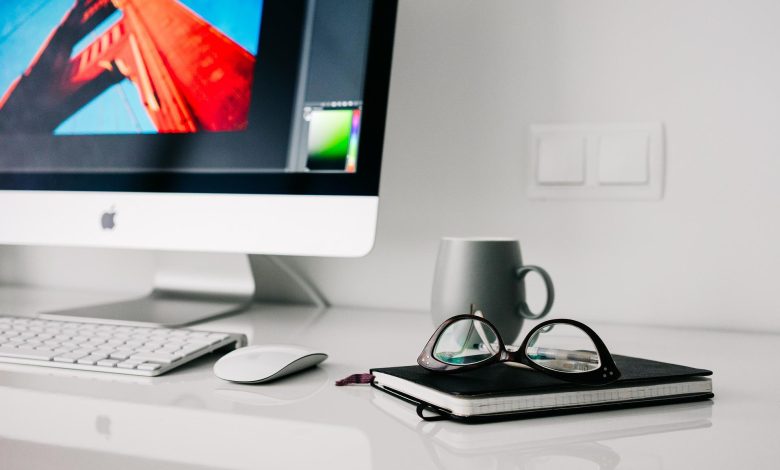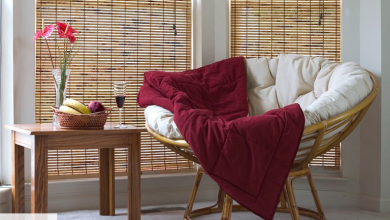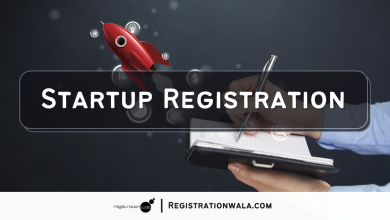How To Design Event Banners

Most people can design a banner, but can you design a good banner is the question? First, you have to know some basic design principles and familiarise yourself with the way professional designers work. Event banners have been high in usage for many years and their usage continues to grow. Banners come in a variety of sizes and designs depending on where they are being used. In this article, we will talk about all of the necessities that you need to pay attention to in how to make quality event banners. So, let’s get right into it.
The Concept
It might sound like a cliche, but the starting idea is always the hardest part of the job. You need to start by envisioning what you want your banner to look like, and what colour scheme, idea, and vision come to mind when you think of something being hung or displayed. Don’t settle for a cheap image in a drive for a fast profit. These types of campaigns usually don’t end well.
Research has been done that tells us that we keep about 65% more information from an ad that has a specific message complemented by a specific image, meanwhile, if you simply hear a message you will only remember 10% of it the following day. So, when designing your banner, make sure that the image complements the message you are trying to get across. You have a limited time to grab people’s attention with your banner so it’s better to have a simple design and not make your banner look too complicated.
Who are You Making the Banner for?
Are you targeting any specific group with this banner? Who is supposed to hear the message and be interested in what you have to offer? This question should radically impact how you approach the banner design process since different age groups will prefer different things it’s only natural to have to adapt to their tastes in order to get the optimal outreach for your banner. So, after you have assessed your target audience, approach the language use, coloring scheme, and message accordingly. Use the event that you are making a banner for as an inspiration for your design. A great event banner must reflect the event that it’s being used for.
What Will be the Background?
When you are designing a banner, a crucial piece of information will be where that banner will be located at? Will it be between 2 trees, on a fence, or in front of a media wall? The choice of background will heavily impact the overall outcome of the future banner. You need to take into account the color scheme of the background so that it can match the banners and help the final product stand out.
Another thing to consider is that even though perfectly blended colors do look better from an aesthetic angle, they are also less likely to stand out. Having a clear divide between the background and the banner will make it stand out a lot better in the environment. This can easily be done by adding a thick border of white or black around the edges to separate it from the background. The same goes for vinyl printing that stands out. It’s far more likely to get noticed than printing that blends into the background.
Have You Considered the Size?
Before you are finished creating the design, determine what size would be the best fit for your event banners as well as the size of the background where they will be placed. You want to be certain that the banner won’t be too large for the place you’re going to place it in, nor too small so that it just looks tacky. Having your banner at the right size will ensure that it has the ability to grab people’s attention the right way.
Canva is Your Friend
Canva is a great (and free) website that is one of the best designing tools out there. Aside from being great for presentations, videos, and Cvs, it’s also a great tool for banner design. It’s also really simple to use.
After creating your account, you can click the option: “Create custom design”. Afterward, set the desired dimensions for your banner (we highly recommend that you select 960 x 350 as they are usually the optimal dimensions for banner design). Afterwards, you can choose the event banners’ background (be aware that some of these features will be locked behind a premium account). Then, after you have settled on a background, you can access the option “Add text” on the left side of the page in order to place your text over the banner. Then, you just need to upload a fitting photo to the page, format it and you have your banner. The last step is to simply download the banner design as a PNG and you’re done.
Listen to Feedback
A great way for getting better at what you do is receiving feedback for your work and, especially when it’s honest and unbiased feedback. There are 2 types of relevant feedback for your banners and we will explain them in more detail here.
Pre-release:
When possible, you should consult with experts from the industry about your banner design. Chances are that there is plenty of room for improvement and if they are willing to help you out, you should, by all means, accept the help and apply the suggested changes in order to optimize the banner design.
Post-release:
Nobody expects your product to be perfect, especially if it’s your first try. With this in mind, don’t be too hard on yourself for getting criticism, try to learn from it and improve your work for the future. At the end of the day, there is no progress without failing and anyone who has become successful at anything has failed and made mistakes to get there.
That would be it for today, hopefully, we have made your banner design process a lot smoother and help put you on the path to designing better banners. Best of luck!





